by Dr James N. Pendlebury
The end of the 19th century and the commencement of the 20th was a time of excitement in Australia. For years people of political vision had struggled with the idea of creating a nation out of six independent colonies, steeped in self interest. At the same time, and even for longer, Methodists of vision had struggled with the idea of creating a single, national Methodist Church from the three independent denominations which traced their spiritual ancestry back to John Wesley.
On 1 January 1901, Federation came about and the Commonwealth of Australia was formed. On 1 January 1902, the Primitive Methodist Church, the Wesleyan Methodist Church, and the United Methodist Free Church united to become the Methodist Church of Australasia.
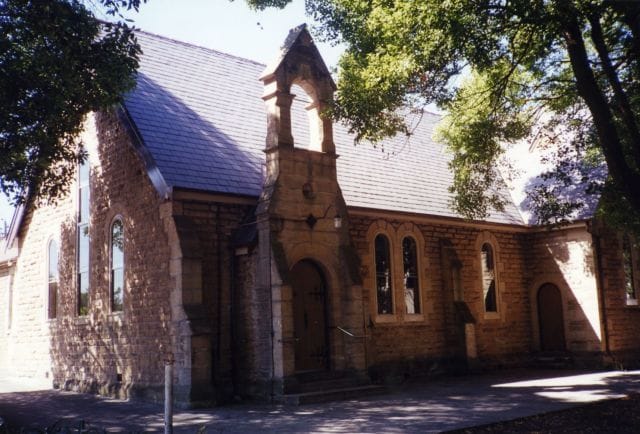
At the local level, the Borough of Bexley was proclaimed on 28 June 1900 with a population of approximately 3,000 people. Determining the location of the Council Chambers was the main item of business for the new Council during the first half of 1901. Finally two blocks of land were purchased on the corner of Queen Victoria Rd and Northbrook St and the building was ready for occupation in November 1901. Residents of Bexley who worshipped at the Rockdale Methodist Church in Bay St were ready to branch out themselves and on 8 January 1902 the Rockdale Methodist Quarterly Meeting unanimously agreed to commence Services in Bexley and the first Services were held on 26 January 1902 in the brand new Bexley Council Chambers (now Jack & Jill Pre-School). The Rockdale Minister at the time was Rev J. W. Moore and a layman, active in the establishment of the new Congregation, was Mr H. G. Barringham.
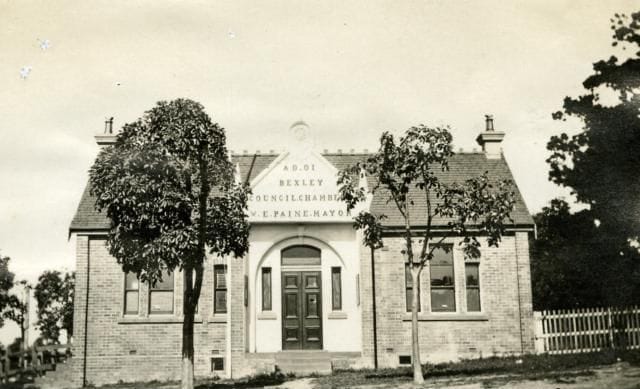
Referring to the Bexley Congregation it was reported on 15 February 1902 in The Methodist:
“We commence here with good prospects of establishing, in time, a flourishing cause, by the blessing of God.” In fact,
“Not withstanding the heat of the day the attendances were good – about 50 in the afternoon and not so many at night, but still a good attendance.”
The Sunday School was opened on the same day, meeting at 10am and 2pm, the latter immediately before the afternoon church Service. Mr Thomas Brent was the inaugural Superintendent and he was assisted by Mr William Pike.
It was not long before the need for a church building began to occupy the thinking of the congregation. A report in The Methodist on 20 August 1902 supports this.
“The cause here is progressing favourably. There are now 35 children on the roll of the Sunday School. The afternoon congregation is increasing and the evening congregation is well sustained. A choice allotment has been secured as a sight for a church… Having a frontage to Gladstone St, of 66 ft. with a depth of 200 ft, nearly opposite the Rockdale College.”
A Church Building Fund was launched and by October 1902 an anonymous donation of £100 had been received. Various means were used to raise money in addition to straight out donations e.g. a “Lantern Lecture” and a ‘Tamasha’ in the Town Hall, Rockdale. At the time of the dedication of the church only “£100 of interest-bearing debt remained.”
In 1903 Rev J. W. Moore reported having negotiated a loan of £102/13/6 covering the price of the 2 blocks of land in Gladstone St, (secured earlier) and associated expenses. In the same year, having considered stone and weatherboard as the possible building material, it was resolved:
“That we have a brick building, the cost not to exceed £350, that the matter be placed in the hands of Mr F. Board, Architect, for plans and specifications and that Rev M. Maddem be requested to see to the same and that we apply to the Sustentation Fund for a loan of £300 for building purposes.”
Contrary to the resolution, a tender of £400, by Mr S. Gillett, was eventually accepted and the two foundations stones were laid on 23 April 1904 in the presence of the Lord Mayor of Sydney and the Presidents of the National and NSW Methodist Conferences. There was a very touching moment in the Service. An invitation was given to place contributions on the stones while children sang the “Sunbeam Song” and then
” … Suiting the action to the word, (the children) laid a contribution on the stone which they had raised at a Doll Fair on the previous Saturday.”
Altogether, £55 was raised, “a goodly and generous response indeed.”
The Minutes of the Borough of Bexley dated the 16 May 1904 state “HG Barringharn, steward of the Methodist Church and E. Barringham, Secretary, ‘Methodist Band of Hope’, gave notice that these bodies would not require the use of the Council Chambers after 22 June.”
The new church was dedicated on Saturday, 2 July 1904 and the opening Services were held on 3 and 10 July 1904. It was a typical brick church of the period; rectangular, with a small porch at centre-front with a door on each side. The back wall was made of weatherboard to allow for future extension, which was taken advantage of in 1908. This room described as a “Vestry Improvement” provided the Sunday School with some of the additional space it required. It was not until 1914 that the weather-board Sunday School Hall was built. Mr D. T. Brown prepared the ‘Plans & Specifications’ for the Vestry, Mr J. L. Lewellen submitted the successful tender of £67 and two other laymen, Alfred Taylor and William Berryman provided 3 doors and 7 or 8 window frames and 3 full length seats. Mr Fiddick offered to make the new church tables and trestles, if timber were provided.
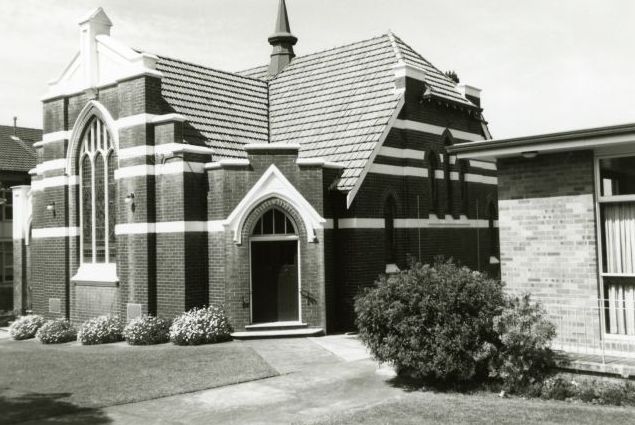
By 1924, the provision of considerable additional space was unavoidable and this led to the erection of a second, larger church on 2 adjacent blocks which has been described in an earlier issue of this newsletter. This present church building, inadequate in size for some of the congregation’s community Services, nevertheless has served the congregation well for 76 years bringing them into their centenary year.
Rather than a single anniversary Service, the congregation has devised a year of celebration including several very special Services and 4 concerts involving choirs and soloists.
This article was first published in the January 2002 edition of our magazine.
Browse the magazine archive.
Images courtesy of Bayside Library Service Local History Collection.
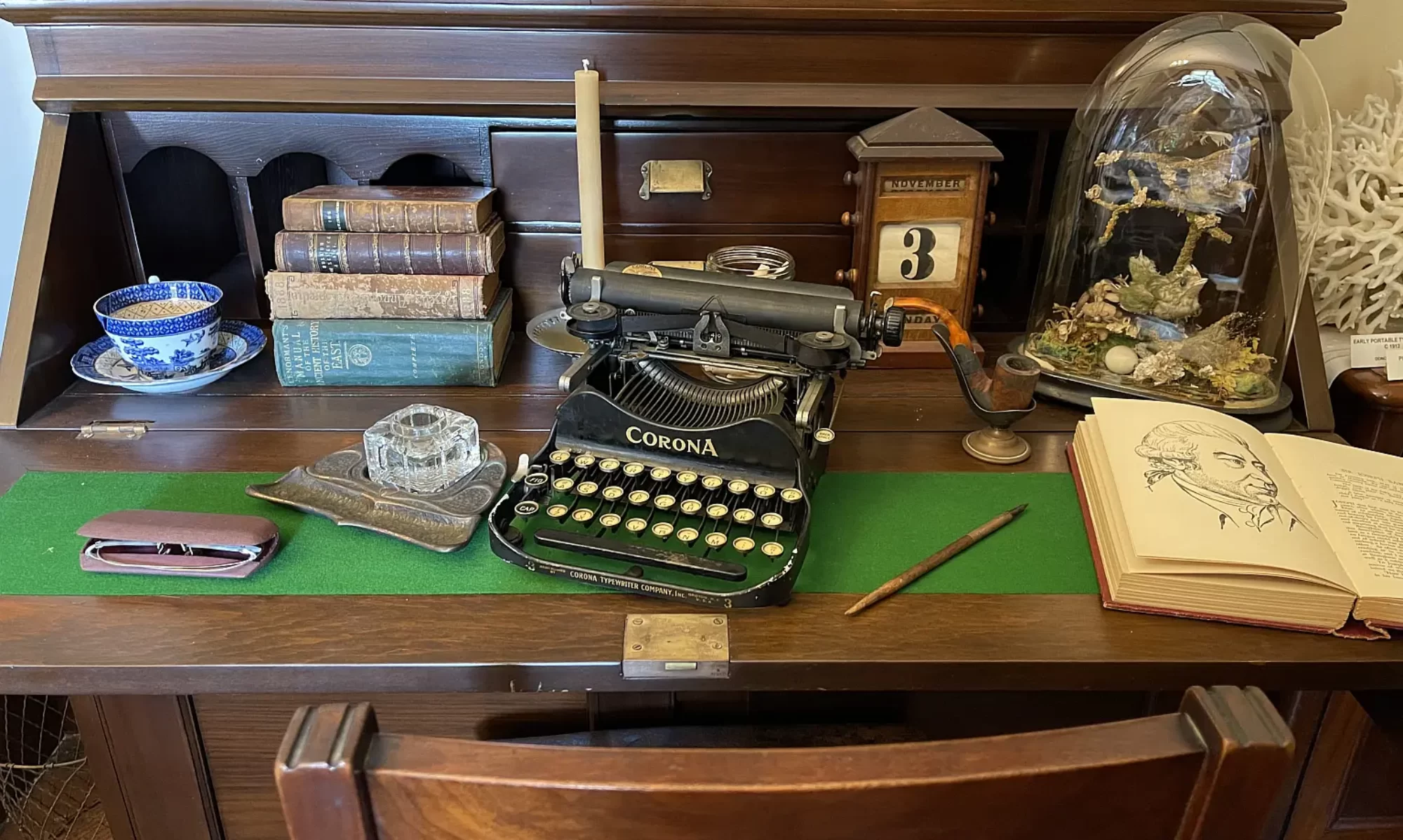
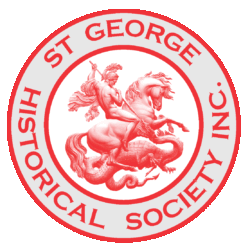
Bexley Methodist Church and Sunday School was a great place to attend. I started Sunday School in about about 1945/46. Sunday School Anniversary Church Services were the highlight of the year , & although the Sunday School picnic day was also a wonderful day . Living in Northbrook St. it was only a short walk. There would have been up to 8 or 9 children from the street walking to Sunday School every Sunday. About 6 or 7 of our group continued to about 1959 and beyond. We all were part of the Junior and then Senior Fellowship, Sunday School teachers with one of the group becoming the Sunday School Supretendent.
A great time , with many friends.